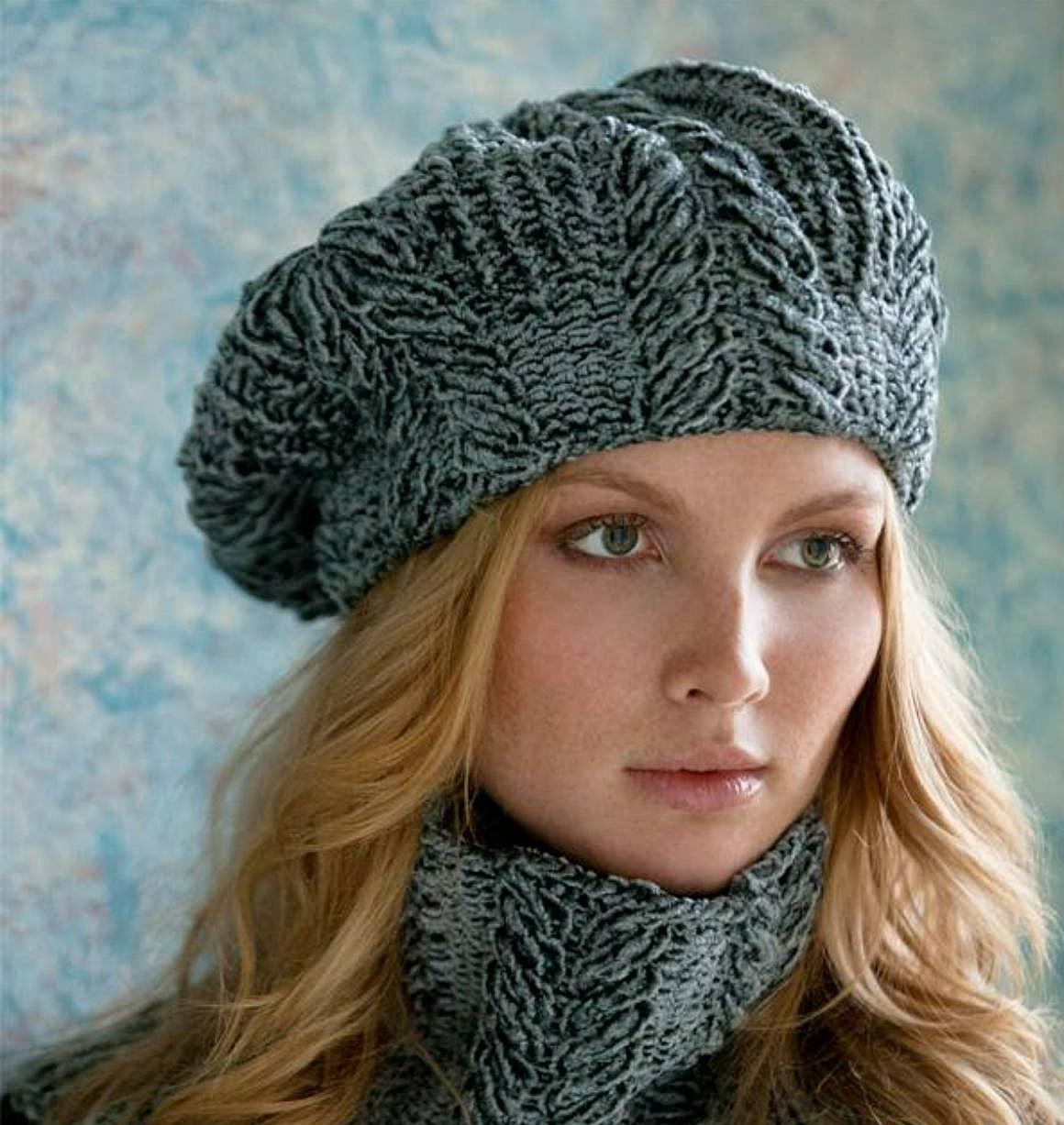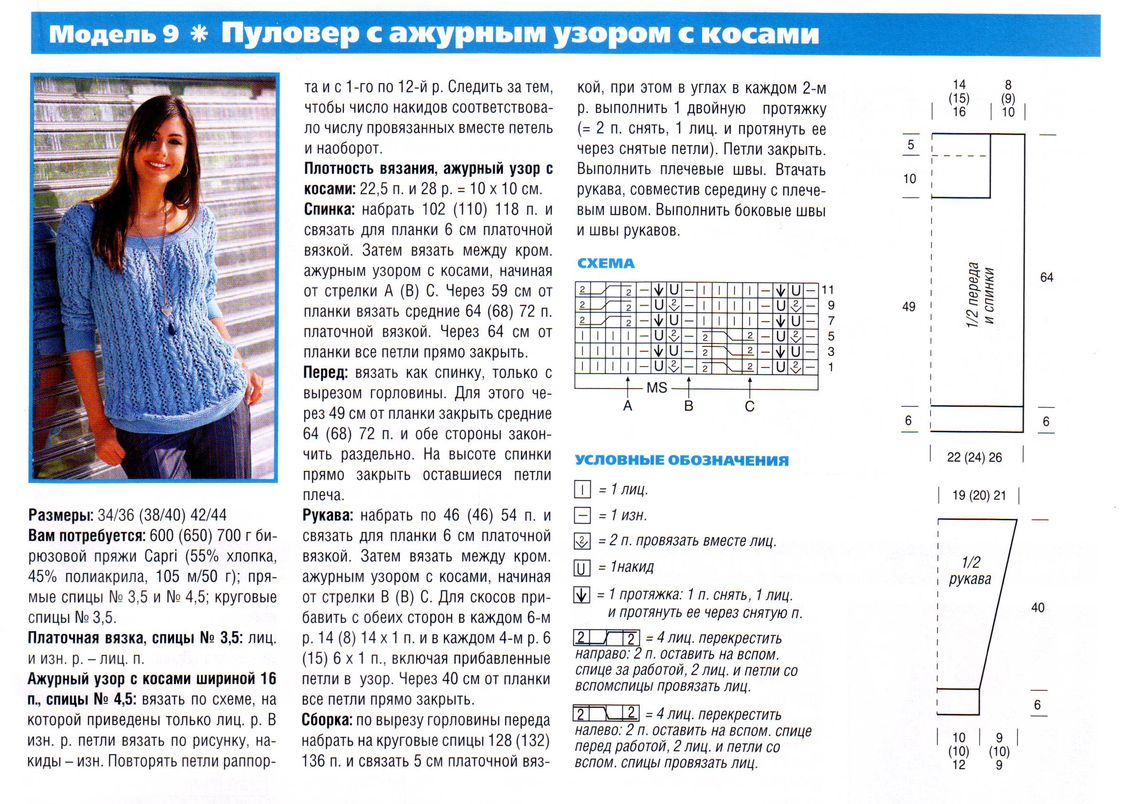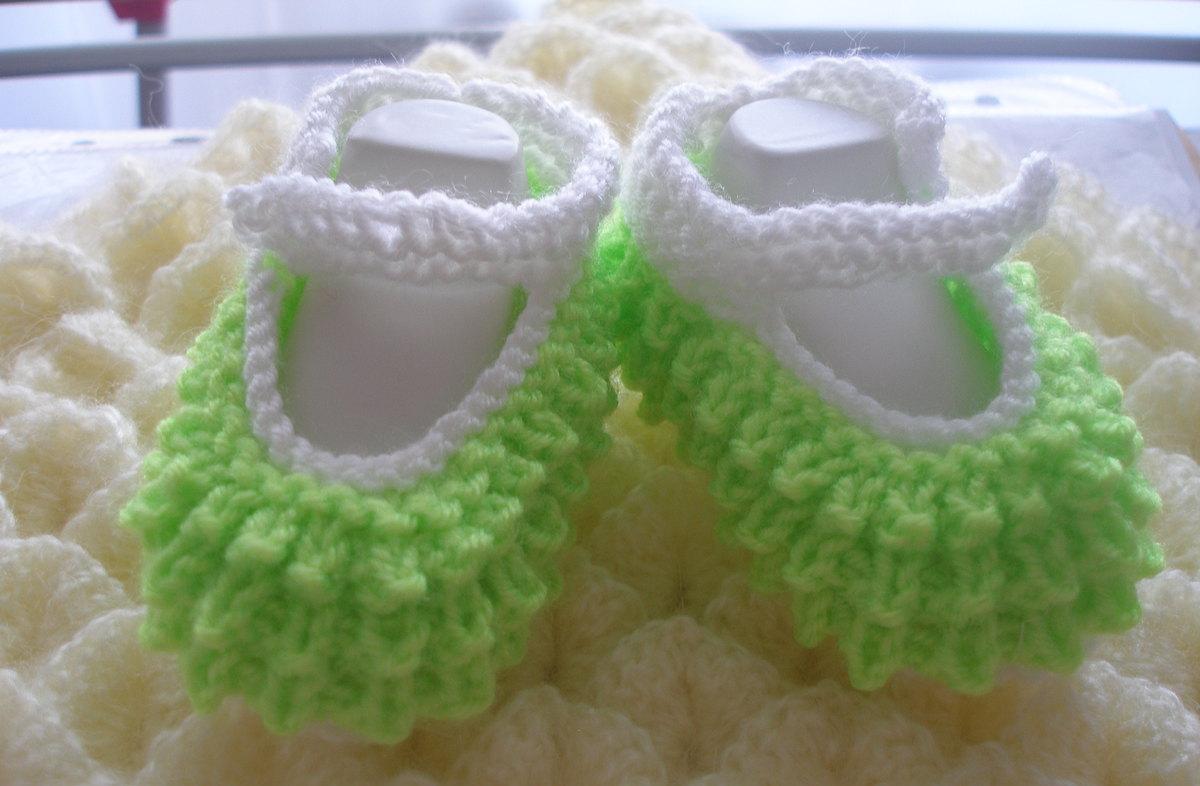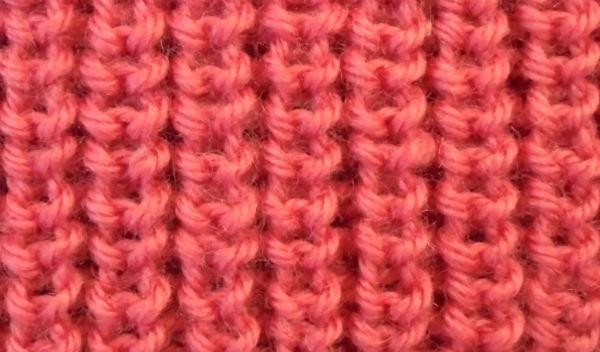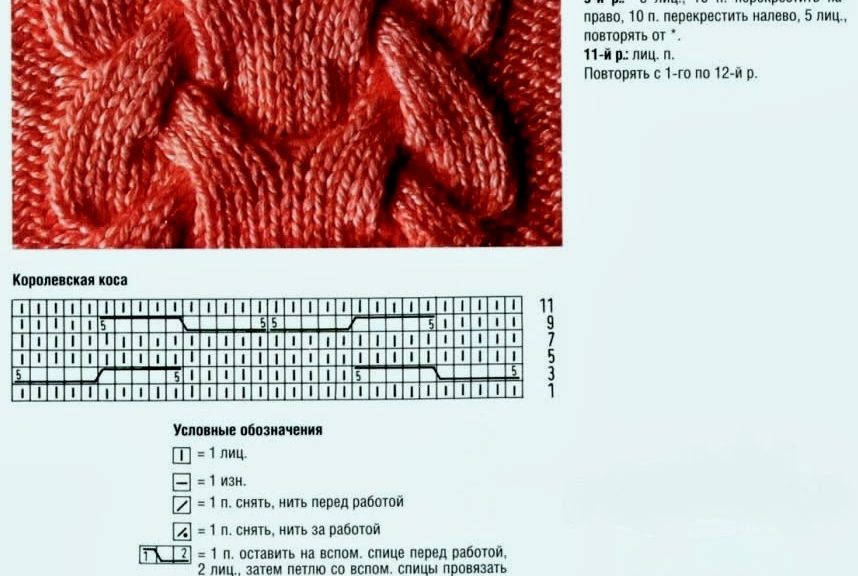
Spit-spokes in diagrams with descriptions (video tutorials)
Content
- Several general rules for knitting
- Types of braids on the diagrams with a description
- Video: Scythe with Arans
- Royal Spit
"English" sweaters, of light yarn, withA complex pattern of braids, are always elegant, and never go out of fashion. Such exquisite models can always be found in Armani's collections. And when you look at patterns made of braid, knitted in a knitted fabric, it seems that this is an impossible task for beginner needlewomen.
However, it is enough to consider the schemes of such descriptions with descriptions, to connect a couple of samples and you can undertake the creation of any English sweater.

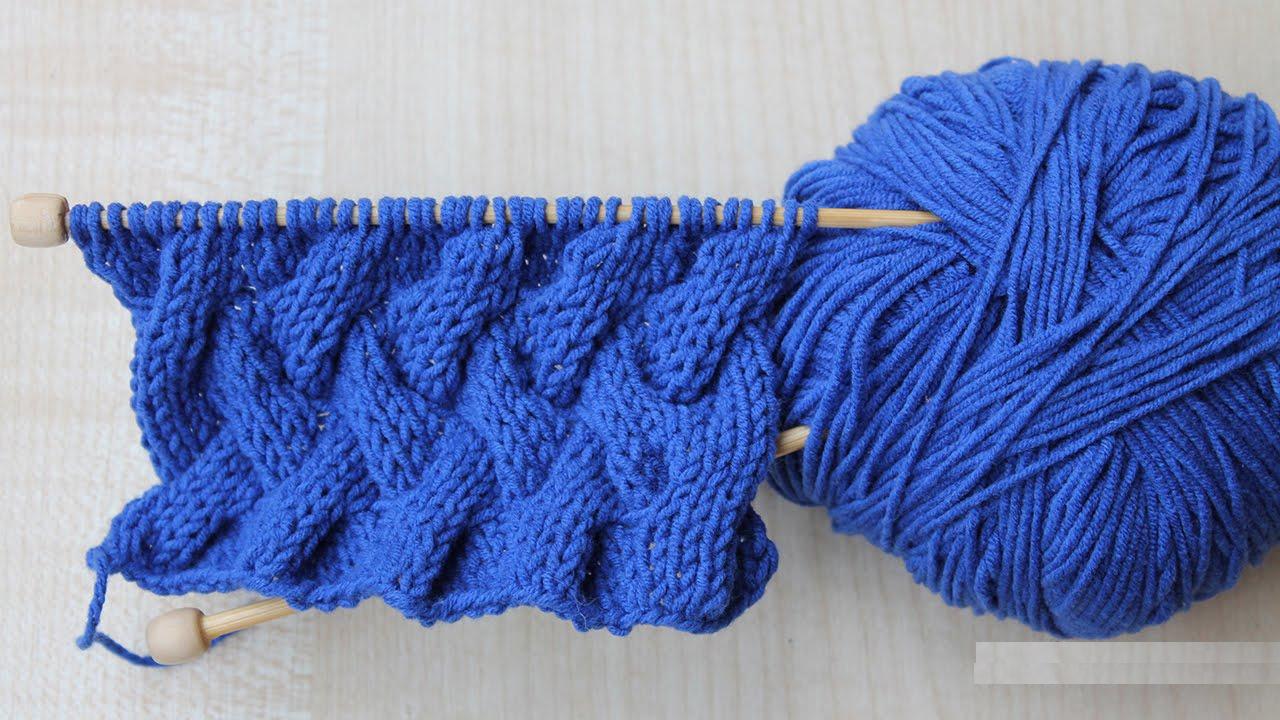
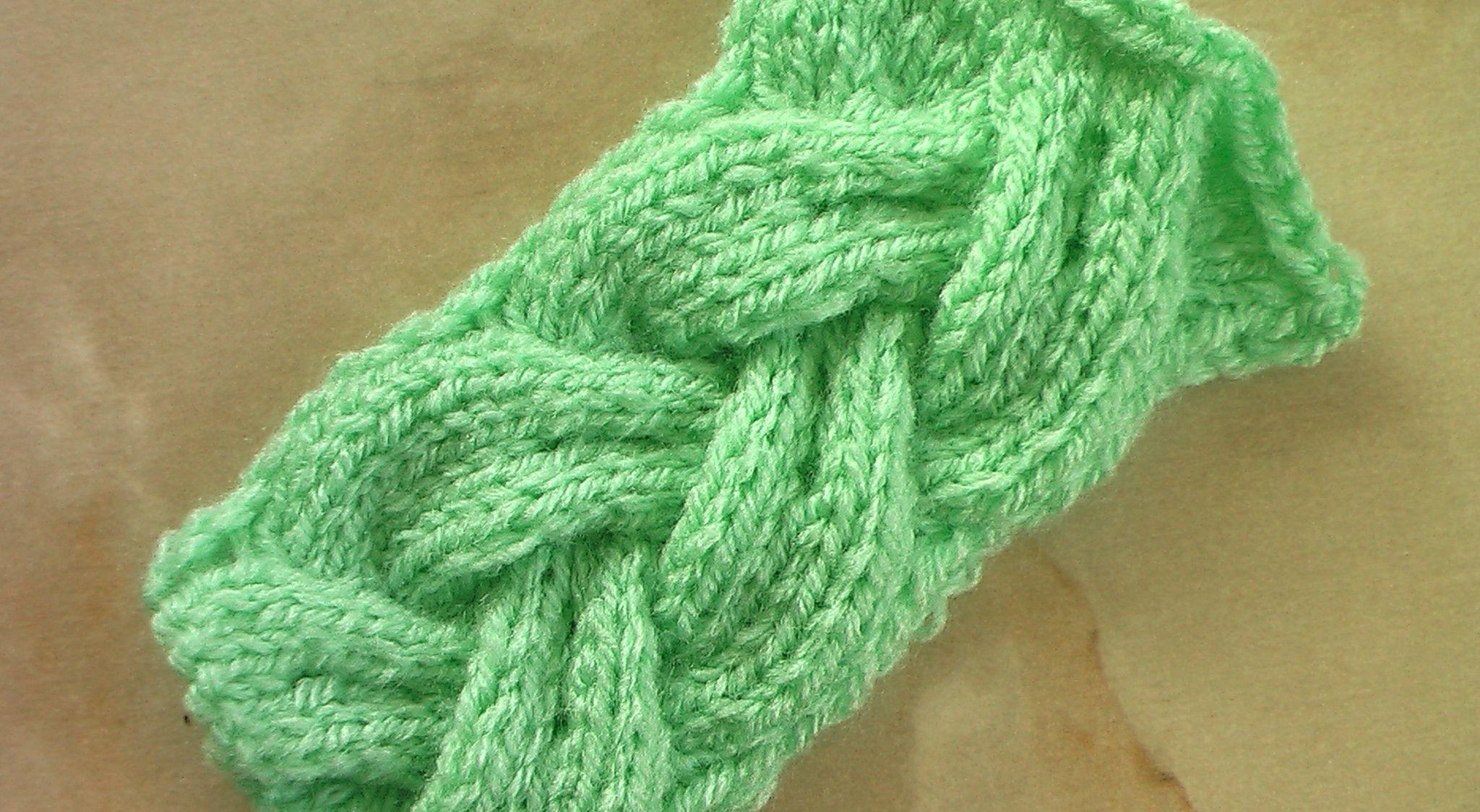
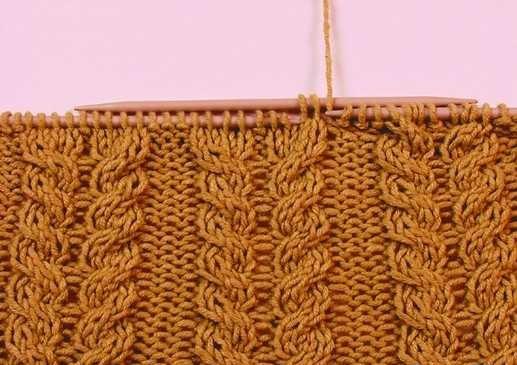
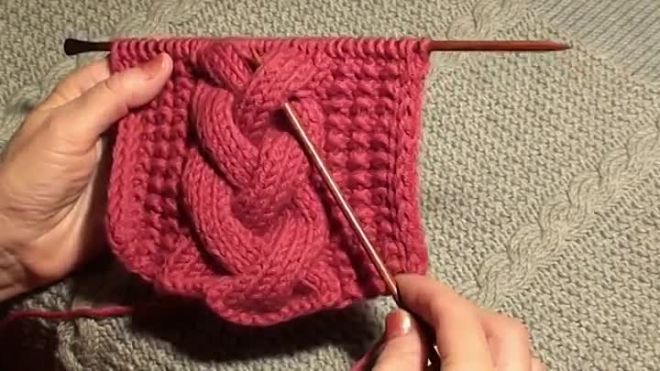

Several general rules for knitting

To properly link the braids according to the scheme, you will need to learn some rules:
- You will need three knitting needles, since when creating aranes, so the braids are called differently, you will need to transfer a number of loops and tie them in a different order;
- Bundles, one more name for these patterns, it is necessary to knit freely. If you are used to tight knitting, it will be difficult to perform;
- These patterns always knit on the wrong surface. That is, on the front part of the product, a few lacquer loops are knitted (the abbreviation is reduced in the text), then the braid itself with face loops (we introduce a reduction in the LP), and again the FE. In the future, the canvas can be any. Sometimes the purl glaze replaces the pattern of the putank;
- On the wrong side all the azhura-arans need to be knitted according to the pattern, that is, according to the figure of the front part. Over LP - the same facial, over IP - purl;
- Knitting "throws" is performed only on the face.
Video: Simple braid pattern with knitting needles
Types of braids on the diagrams with a description
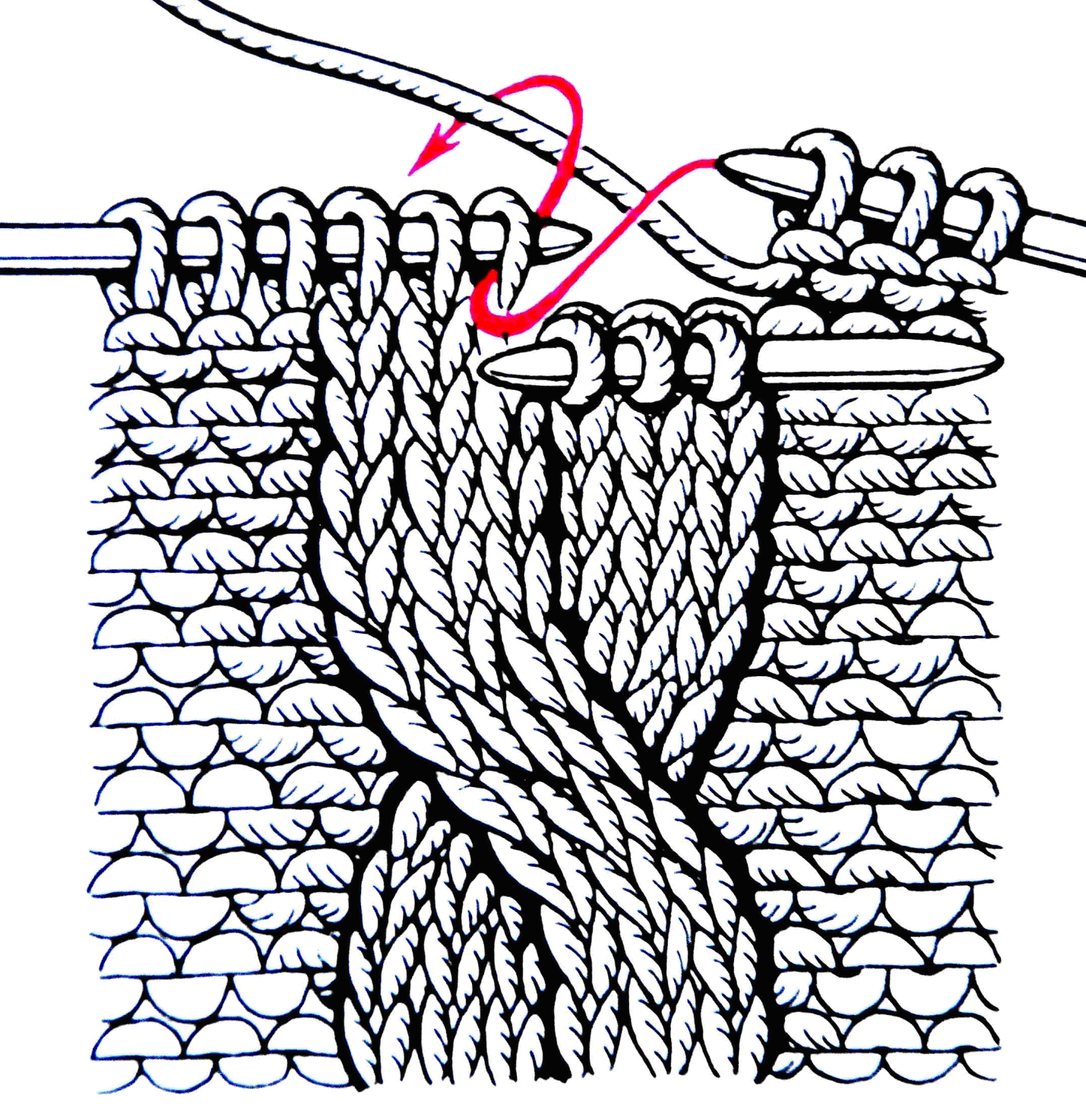
The first pattern and its outline, which we will consider, is a classic lush braid. Description of the execution of azhur:
- 1st row (further - р.): 3 IP, 6 LP, 3 IP;
- 2nd r. : 3 LP, 6 IP, 3 LP;
- Also tie up to the 5th p;
- 5й: 3 ИП, to remove 3 LPs on the third spokes. (For beginner needlewomen, it is easier to remove the pin, you can use this tool.) Then tie 3 LPs from the main knitting needle, then knit the LP from the pin or from the auxiliary knitting needle. This is called a "throw". Finish the pattern - 3 IP;
- 6th р. : 3 LP, 6 IP, 3 LP;
- Repeat the scheme from 1 to 4 p;
- 11th р. : Perform as the 5th, but the "change" is done in the other direction.
What does this mean: in the 5m р. The loops were shot on an extra knitting needle before knitting, this is a "throw" to the right, in 11p. We remove behind the knitting cloth, we will turn the braid to the left. We knit the braid according to the pattern, repeating from the 1st to the 11th p.
Double and triple braids Double or triple isJust the same aszhur, only the braid is repeated in it two or three times. More often classical patterns of this type are called plaits, because in them in the "flip" 2 or 3 LP are removed. Sometimes the number of LPs for removal is not the same. So, for example, in the process of knitting a thin pigtail 2 LP are removed, 1 LP is bonded. In double or triple haze, braids may be various.
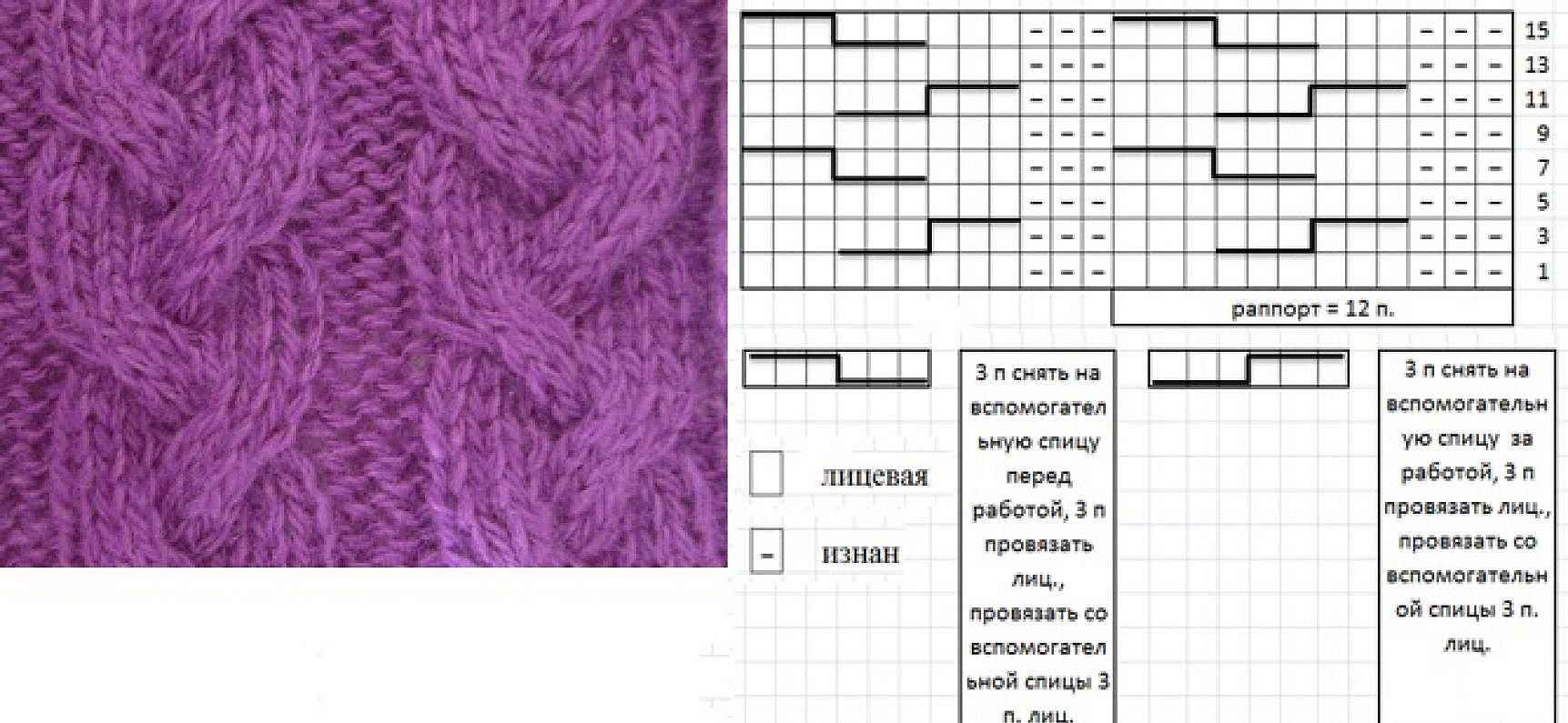

Scythe - a rhombus It is a pattern of interlacing tufts. In addition to the main crosshairs, we must remove not only the LP, but also the FE, so that the rhombus wall shifts to the side. This is a slightly more difficult scheme for beginners to try to create braids with knitting needles. In the rhombs, ordinary bundles are involved, and they can also coexist with other classical braids in the canvas.

If you follow the diagrams, the places of the throws are usually marked with such crosses. In the walls of rhombuses, two sts are tossed through ln., In a combination of rhombuses, where the usual braid of 3 LOPs per 3 LL occurs.
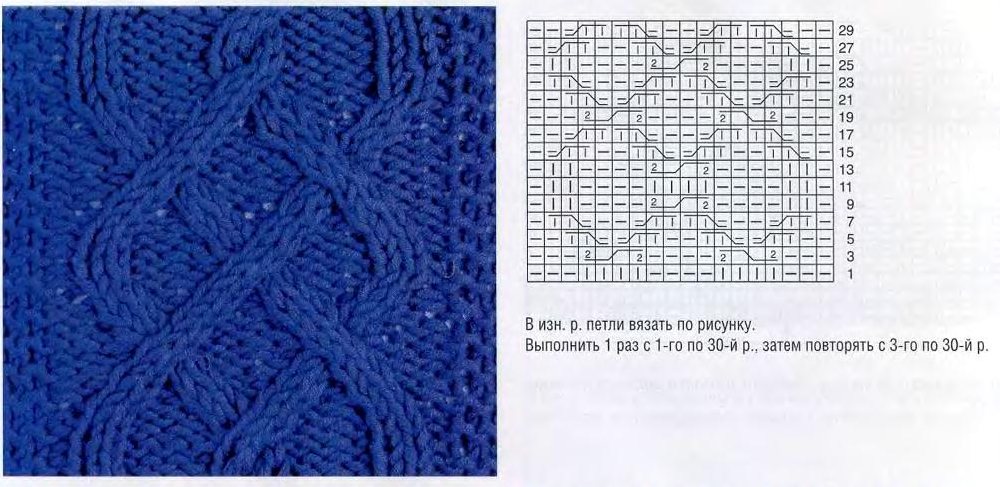
There are different patterns, where in the process of knitting the strands are intertwined with rhombuses. But you can make the so-called "honeycomb", in which only rhombuses take part.
Video: Scythe with Arans
Royal Spit
The last openwork, which is worth paying attention to - the royal braid. This is already a more difficult task for beginner needlewomen, but a very interesting decoration for jumpers and jackets.
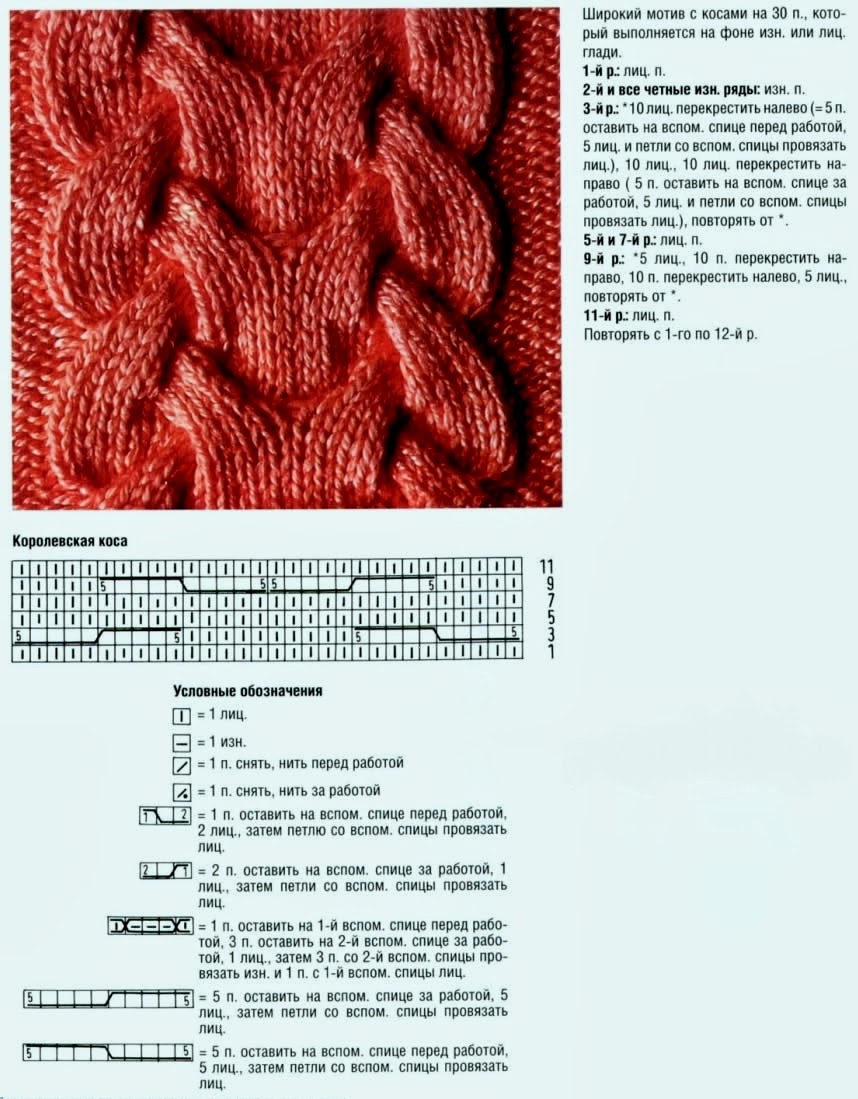
In fact, these are two intergrown conventional classicalPigtails. Therefore, although the royal pattern looks complicated, knit it simply, focusing on the scheme. By the way, often the places of curvature of the braids are not represented by a cross, but in the form of a zigzag, where its long sides are LP, which are removed to a separate spoke or tied to the main one.
So in the royal spit the description of the throw is woken up as follows:
- 3rd r .: 5 LP to take off knitting, cross another 5 LPs to the left, then 10 LP, the next 5 LPs to remove before knitting, 5 LP to cross to the right;
- From the 5th to the 8th p. : According to the figure;
- 9th р .: 5 ЛП, «перекид» to the right 5 ЛП on 5 LP, further a cross to the left 5 LP on 5 LP.
All descriptions of how to knit braids with knitting needles, the schemes of such eddies seem difficult, but once you try to tie the Aran samples, as everything becomes clear. And henceforth it will not be difficult for beginners.
The plaits and other scythes can be used inQuality gum ornaments. They pull together the canvas, so if you are going to knit a sweater, remember that you need to type more loops, otherwise the product may turn out to be too narrow. And the last: knitted products with braids, after the termination of work it is necessary to steam off from the wrong side. So the picture will look brighter and more solid.
Video: Learning to knit a royal braid

